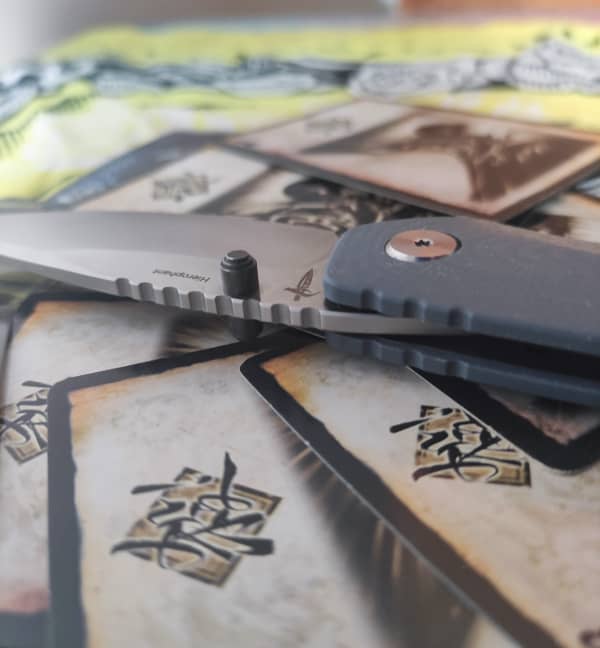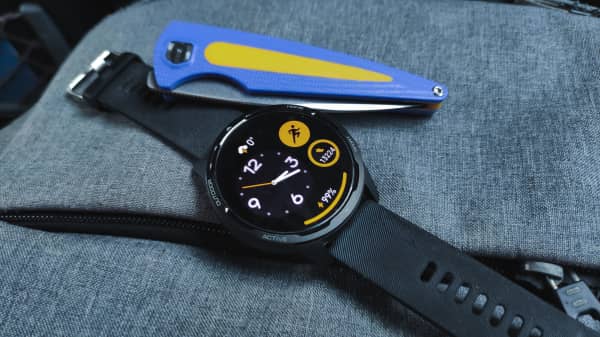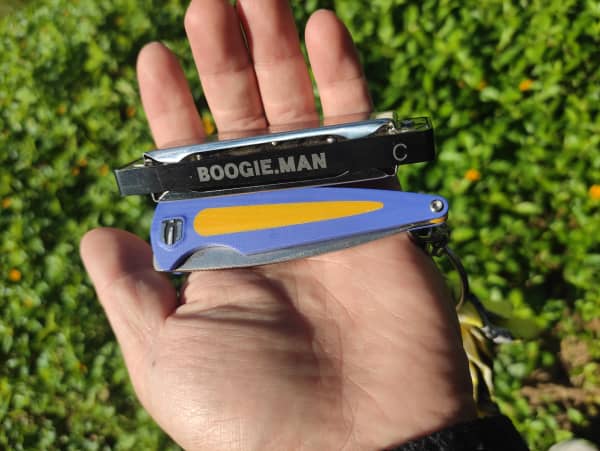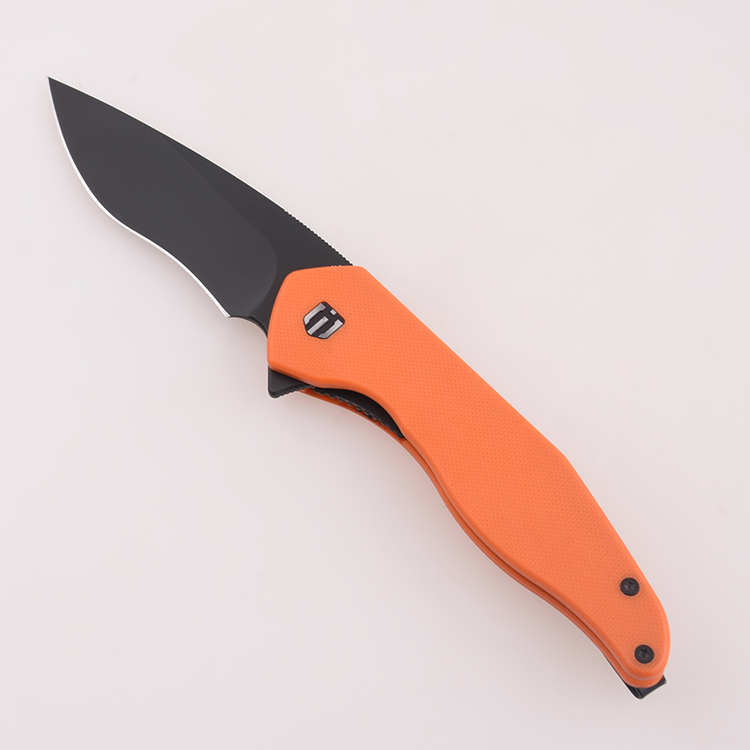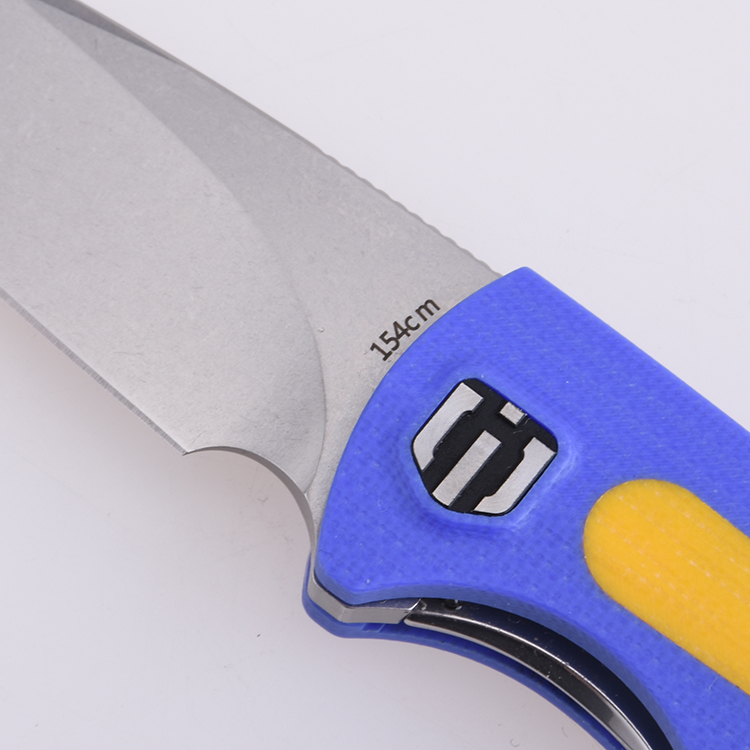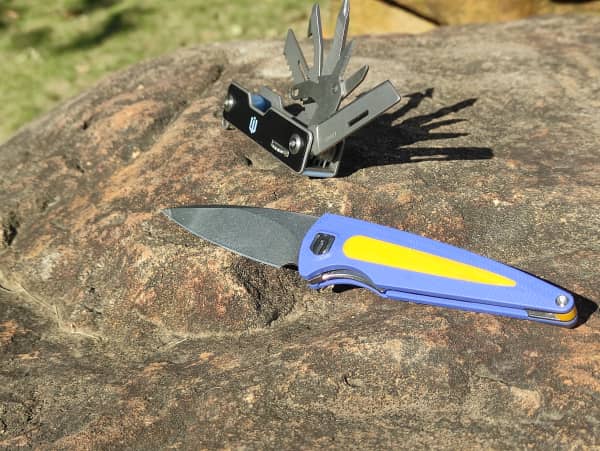facas dobráveis are one of the most versatile and useful tools to have. They come in a variety of shapes and sizes, but all folding knives share certain basic parts that allow them to be folded away for safe storage.
In this article, we will explore the different components of these handy pocket knives and how they work together to make your knife an invaluable tool.
We’ll look at everything from blade construction to handle materials as well as other features that can make or break a good folding knife.
By the end of this article, you should have a much better understanding of what makes up a quality folding knife and why it’s important when shopping for one!
What is the Importance of Understanding the Parts of Folding Knife?
Many people undermine the importance of understanding how their folding knife is built and what parts it consists of.
Knowing the anatomy of a folding knife can mean the difference between a cheap, unreliable tool and an expensive but reliable one.
The quality and type of material used in the construction affects both its performance as well as its overall lifespan.
Here’s a breakdown of why you should understand the parts of a folding knife:
1. Better Appreciation for the Knife
When you understand the different parts and how they work together, you gain a better appreciation for the knife’s design and construction.
You can better appreciate the craftsmanship and the thought that goes into making each folding knife.
2. Better Understanding of How to Use the Knife
Understanding the parts of a folding knife can also help to improve your knife skills.
You’ll learn the different ways to hold the knife, how to use the different kinds of blades, and how to safely close and open the knife.
Knowing how to use the knife will also help you to use different elements of the knife in different situations.
3. Better Ability to Choose a Quality Folding Knife
When you’re shopping for a folding knife, understanding the anatomy of the knife can help you make a more informed decision about the kind of knife to buy.
You’ll be able to recognize the difference between high-quality and low-quality knives based on the components and features of the knife.
4. Safer Knife Handling
Additionally, understanding the parts of a folding knife can help you handle the knife more safely.
You’ll know how to open and close the knife safely, and you’ll know how to hold the knife securely to prevent slipping or injury.
5. Easier Maintenance and Repair
Finally, understanding the parts of a folding knife can make it easier to maintain and repair.
You’ll know what kind of lubricant to use on different components and how to clean or replace certain pieces if needed.
Overall, understanding the anatomy of a folding knife is important for many reasons.
Not only will it give you a greater appreciation and understanding of how to use your knife safely and effectively, but it can also help you choose a quality folding knife that meets your needs.
Furthermore, knowing the parts of a folding knife makes maintenance easier so that you can keep your blade in top condition for years to come.
With these benefits in mind, take some time to learn about all the different components of a pocketknife before making any decisions about which one is right for you!
What are the Different Parts of a Knife?
Now let’s go ahead and discuss the different parts of a knife. Below we’ll break down the main components of a folding knife and look at their individual functions.
1. The Blade
The blade is the most important part of any folding knife. It comes in a variety of shapes and sizes, each serving a specific purpose.
Estilo da lâmina
The drop point blade style, for example, is a common choice for hunters as it provides a strong tip and an easy-to-sharpen edge that can tackle a range of tasks such as skinning animals or cutting wood.
The clip point blade, on the other hand, is ideal for tasks that demand precision cutting as it has a thinner, sharper tip that offers more control. This makes it a popular choice for everyday carry knives and tactical knives.
Another type of blade is the tanto blade finish, which is characterized by a flat grind near the tip and a straight edge that’s ideal for piercing and stabbing movements.
Tanto blades are often found on tactical knives and are popular among law enforcement and military personnel.
Some tanto blades are made of D2 steel such as the Civivi’s Brazen’s tanto blade model.
Acabamento da lâmina
Whichever blade shape you choose, it’s important to look for a smooth finish on the blade, like the diamond-like carbon coating found on the EDC Viper EG01A knife by Shieldon and Eric Garza.
This coating offers extra protection against wear and tear and helps to prevent corrosion, ensuring your knife will last for years to come.
Moagem da lâmina
When it comes to the anatomy of a folding knife, one of the most important elements is the blade grind.
For example, a flat grind blade is created by grinding the blade down until the bevels meet at a single point, creating a strong and sturdy edge.
A hollow grind blade, on the other hand, is ground with a concave shape that creates an extremely sharp edge and offers more maneuverability when cutting.
2. The Handle
The handle is the part of the knife where the user grips and holds the blade. It’s made up of several components, including the scales, the liners, and the bolsters.
The scales are the outermost part of the handle and are typically made of a non-slip material like G10, Micarta, or carbon fiber.
For example, this Faca EDC Colibri has a handle of Double G10 that offers a secure grip, allowing the user to open and close the blade safely.
The liners, located under the scales, provide rigidity and stability, while the bolsters are the metal pieces that sandwich the scales and liners, providing extra strength and durability.
The handle of a folding knife should be comfortable to hold, provide a secure grip, and be made of quality materials that can withstand heavy use.
3. The Locking Mechanism
The locking mechanism is what keeps the blade locked in place when it is open, ensuring the blade doesn’t accidentally close on your fingers.
There are several types of locking mechanisms, including liner locks, frame locks, and back locks.
A liner lock is a mechanism where a spring-loaded bar moves into place when the blade is opened, preventing it from closing until the bar is depressed.
For example, Drifter Folding Pocket Knife with Locking Liner 6450K has a liner lock that is easily operated with one hand.
A frame lock is a similar mechanism, but the bar is integrated into the frame of the knife.
A back lock is a more traditional locking mechanism where a spring-loaded latch is located on the spine of the knife and is engaged when the blade is opened.
Each of these mechanisms has its own unique advantages and disadvantages, but all are designed to keep the blade securely locked in place when it is open.
In short, the locking mechanism is important because it helps keep your knife safe and secure when in use.
4. The Pivot
The pivot is the hinge that allows the blade to open and close. It’s typically made up of two pieces, the pivot, and the pivot screw.
The pivot screw is what holds the blade in place and can be adjusted to allow for smoother opening and closing.
A high-quality pivot system will allow the blade to open and close smoothly and effortlessly and will be designed to minimize blade play or wobble.
A good pivot is a T8 Torx pivot, like the one found on the Spyderco Endura 4. This type of pivot offers superior precision and smoothness, allowing for the blade to open and close like butter.
The pivot is one of the most important components of a folding knife as it directly affects the knife’s overall performance and ease of use.
5. The Pocket Clip
The pocket clip is an optional component that attaches to the handle and allows the knife to be carried in a pocket or clipped to a belt or backpack strap.
The clip is typically made of metal, and it’s important to look for a clip that is sturdy, easy to use, and can be positioned for both left and right-handed use.
A good pocket clip will also provide sufficient tension to keep the knife securely in place while allowing for easy access when it’s needed.
While a pocket clip isn’t necessary for every knife, it’s a useful feature for those who need to carry their knife with them on a daily basis.
In conclusion, understanding the anatomy of a folding knife is crucial for anyone who wants to choose a high-quality knife that will last a lifetime.
By knowing the different parts and their functions, you can make an informed decision about which knife is right for you and your needs.
Whether you’re a hunter, outdoorsman, or just need a reliable tool for everyday carry, taking the time to learn about the different components of a folding knife will give you a greater appreciation for the craftsmanship and design that goes into making these versatile tools.
Conclusão
In conclusion, folding knives are a great tool to have on hand for everyday tasks or outdoor activities.
They can be customized with different blades, handles, locking mechanisms, and pocket clips to suit your individual needs.
By understanding the anatomy of a folding knife – from its blade to its pivot screw – you will be better equipped to choose the right one for yourself and get many years of use out of it.
Besides, what’s better than having a trusty folding knife at your side? Nothing!
Whether you use it for work, play, or self-defense, a quality folding knife is an essential tool that everyone should have. So go ahead and find the perfect one for you today!
Clique para ter mais Shieldon facas e ferramentas EDC diversão.

